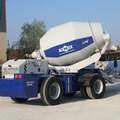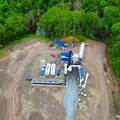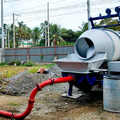Investing in a concrete plant is a significant decision for any construction business, and understanding the associated costs is crucial to making an informed choice. Whether you're setting up a new plant or upgrading an existing one, there are several key factors to consider that will influence both the initial investment and the ongoing operational expenses. This article explores the main considerations new buyers should keep in mind when assessing concrete plant costs.
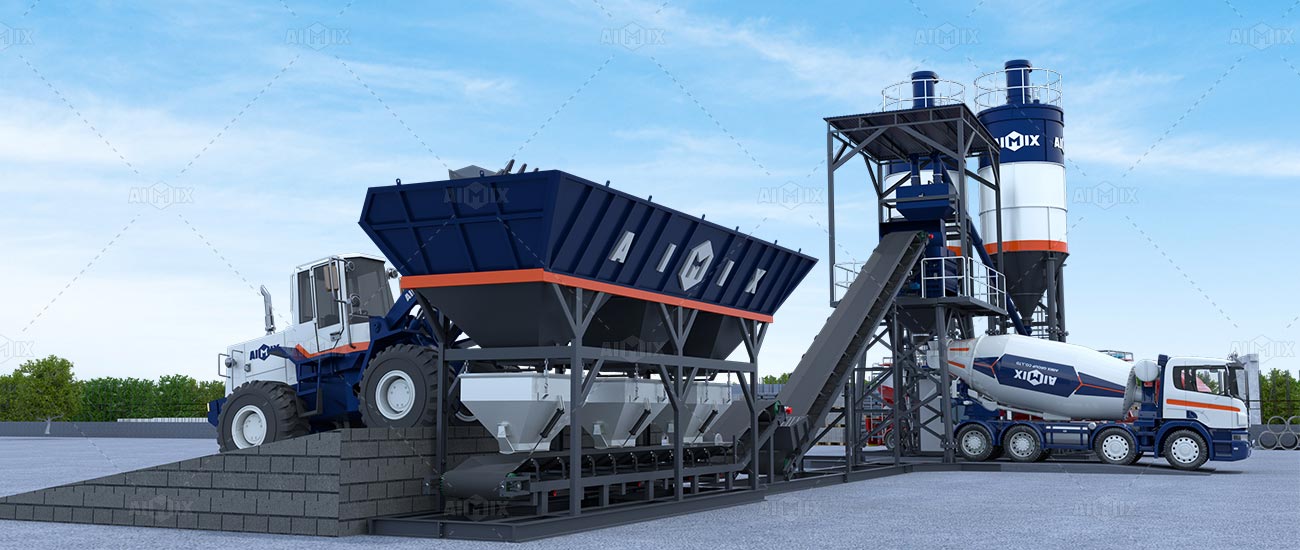
1. Type of Concrete Plant
The type of concrete plant you choose will greatly affect the overall cost. The two most common types are mobile and stationary plants.
-
Mobile Concrete Plants: These plants are designed for portability and can be easily transported to different construction sites. They are typically less expensive than stationary plants and are ideal for projects that require frequent relocation. However, mobile plants may have lower production capacities and might not be suitable for large-scale projects.
-
Stationary Concrete Plants: These plants are fixed in one location and are suitable for high-volume production. While they offer greater capacity and efficiency, they require a larger initial investment due to the need for infrastructure, such as foundations and access roads.
The choice between mobile and stationary will depend on your specific project requirements and long-term business goals.
2. Capacity and Production Rate
The capacity of a concrete plant, often measured in cubic meters per hour, is a critical factor that influences cost. Higher capacity plants are more expensive but can handle larger projects and offer economies of scale.
-
Low to Medium Capacity Plants: Suitable for small to medium-sized projects, these plants are less costly but may require longer operating hours to meet project demands.
-
High Capacity Plants: Designed for large-scale operations, these plants come with a higher price tag but can significantly reduce production time, leading to faster project completion.
It's essential to balance your current project needs with future growth potential when selecting a plant capacity.
3. Quality of Materials and Equipment
The quality of materials and components used in the construction of the concrete plant will impact both the initial cost and long-term durability. High-quality plants, though more expensive upfront, tend to have lower maintenance costs and a longer lifespan.
-
Mixing System: The type and quality of the mixer, such as a twin-shaft, planetary, or drum mixer, can influence the plant's efficiency and consistency of the concrete produced.
-
Control System: An advanced control system may increase the initial cost but can improve precision in batching and reduce waste, ultimately saving money over time.
Investing in high-quality equipment can result in better performance and lower operational costs in the long run. If you are looking for a high quality concrete plant with ideal cost, you are suggested to check Aimix batching plant for details.
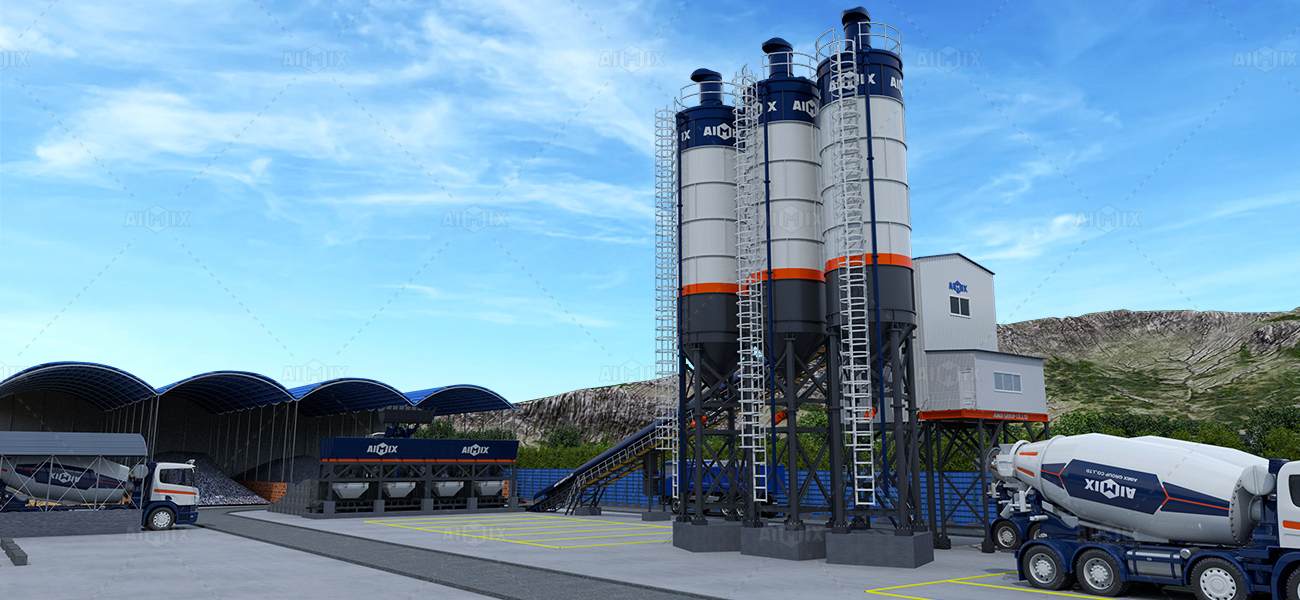
4. Installation and Setup Costs
Setting up a concrete plant involves more than just purchasing the equipment. Installation and setup costs can vary significantly depending on the complexity of the plant and the location.
-
Foundation Work: Stationary plants often require substantial foundation work, which can add to the overall cost. The soil conditions, site accessibility, and local regulations will influence these expenses.
-
Utility Connections: The cost of connecting to utilities such as water, electricity, and waste disposal systems should be factored in. In remote areas, these costs can be considerably higher.
Proper planning and site preparation are essential to minimize installation costs and avoid delays.
5. Operating and Maintenance Costs
The ongoing operating costs of a concrete plant include energy consumption, labor, raw materials, and maintenance. Understanding these costs is crucial for budgeting and ensuring the plant remains cost-effective over time.
-
Energy Efficiency: Modern plants with energy-efficient designs can reduce electricity and fuel costs. Automation and advanced control systems can further optimize energy usage.
-
Labor Costs: Depending on the level of automation, labor costs can vary. Fully automated plants may require fewer operators but come with higher initial costs.
-
Maintenance: Regular maintenance is necessary to keep the plant running smoothly. High-quality plants often have lower maintenance requirements, but spare parts and repair services should be readily available to minimize downtime.
Monitoring and optimizing these operational costs can lead to significant savings over the plant's lifetime.
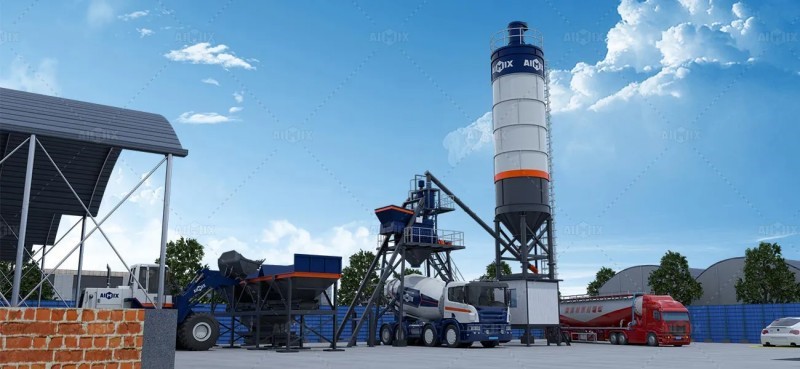
6. Regulatory Compliance and Environmental Considerations
Compliance with local regulations and environmental standards is an important aspect of operating a concrete plant. Non-compliance can result in fines, legal issues, and increased operational costs.
-
Environmental Impact: Many regions have strict regulations regarding emissions, noise levels, and waste management. Investing in a plant with environmental controls, such as dust collection systems and water recycling, can help you meet these standards.
-
Permits and Licenses: Acquiring the necessary permits and licenses can be time-consuming and costly. It's essential to factor in these costs during the planning stage to avoid delays and additional expenses.
Adhering to regulations not only ensures legal compliance but also enhances your company's reputation as a responsible operator.
7. Financing and Return on Investment (ROI)
Financing options for concrete plants include outright purchase, leasing, or financing through loans. Each option has different implications for your cash flow and long-term financial health.
-
Leasing vs. Buying: Leasing may require lower upfront costs but could be more expensive in the long run. Buying offers full ownership but requires a larger initial investment.
-
ROI Considerations: When evaluating the cost of a concrete plant, it's important to consider the return on investment. Higher capacity and more efficient plants may have higher upfront costs, but the increased production capability and lower operating costs can result in a faster ROI.
A thorough financial analysis will help determine the most cost-effective approach for your business.
Purchasing a concrete plant is a significant investment that requires careful consideration of various factors that influence both the initial and ongoing costs. By understanding the different types of plants, capacity needs, equipment quality, installation requirements, operational costs, regulatory considerations, and financing options, new buyers can make informed decisions that align with their business goals. A well-chosen concrete plant not only meets current project demands but also supports future growth, ensuring long-term profitability and success.

